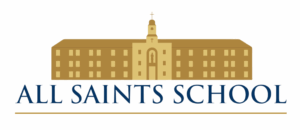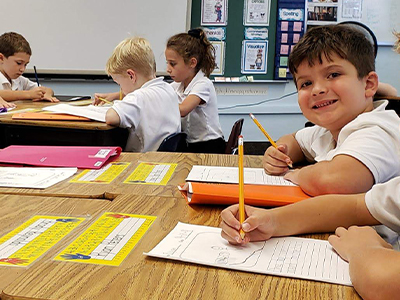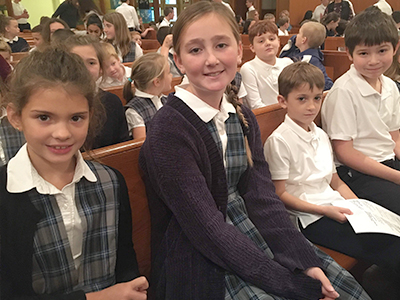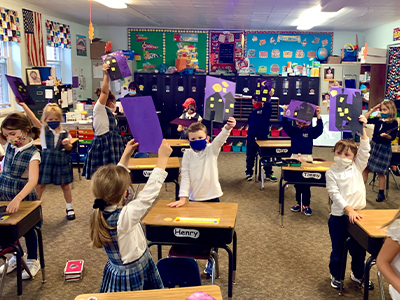Lower School Learning
Grades 1 through 5th
In our lower school curriculum, students will continue to build upon the concepts and skills they learned the previous year, being challenged to grow year after year, all while intertwining faith and Jesus into their daily lives.
All students will attend specials classes, such as Art, Music, Physical Education, Library and Computer/Technology. Religion classes are also taught by one of our Priests from a supporting parish on a weekly basis. You can navigate to our specials under our Student Experience Tab.
Grade 1
In our class, we will continue to work on the skills the children learned in Kindergarten relating to addition and subtraction. We will build on their knowledge of reading, writing, speaking and listening skills. Letters, words, and sounds will continue to be a focus.
Grade 2
We will begin to extend our students knowledge of multi-digit numbers through 100. Children will work with geometry and shapes to help build the basic foundation they need to understand fractions. We will also be introduced to a variety of text types such as Scripture, short books, and articles and work on editing our own work.
Grade 3
In class, my students will learn and apply critical thinking skills to multiplication and division within 100. We will also introduce unit fractions (1/2, 1/3, etc.) and understand that fractions are a part of a whole, using real-world examples to explain various concepts. In literature, the focus shifts to organizing information, developing ideas and supporting those ideas with facts.
Grade 4
Our students will continue to work quickly and accurately to solve multi-digit multiplication and division problems. We will also continue to read more challenging text types such as Scripture, short books and articles. In writing, the focus continues to be organizing information, developing ideas and supporting ideas with facts.
Grade 5
We will understand and build fluency in the addition and subtraction of fractions with unlike denominators. Geometry will look at volume being
an attribute of three-dimensional space. In literature, the students will begin to look at multiple sources of the same event and note similarities or differences in the accounts.




